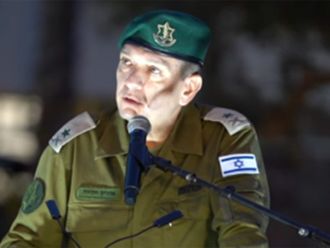Tehran: Violent demonstrations have rocked Iran since Thursday last week leaving at least 21 people dead, with protests that started over the economy turning against the Islamic regime as a whole.
The wave of demonstrations, that kicked off in second city Mashhad on December 28 and quickly spread, is the biggest in the tightly controlled country since unrest over a disputed election in 2009.
Iran’s protests began far from Tehran over the cost of living. Soon demonstrators were calling for the death of the Islamic Republic’s supreme leader. The escalation was swift, as was security forces’ response.
While Tehran’s middle class led much bigger protests in 2009, this time it’s mainly Iranians of modest means living in smaller towns and the countryside, a constituency that has traditionally provided the ruling clerics with a core of support.
For President Hassan Rouhani, a moderate, the protests are also a major challenge. At home hardliners are assailing his economic record, and they played a role in organizing the initial rally in the holy city of Mashhad last week. Iran’s international foes, led by US President Donald Trump, meanwhile are ratcheting up the pressure.
Emboldening Rouhani and his wing of the political establishment was a founding principle of the 2015 nuclear deal struck between world powers and Iran. How the demonstrations end — with either a security crackdown or protesters feeling they’re being listened to — will help decide his future.











